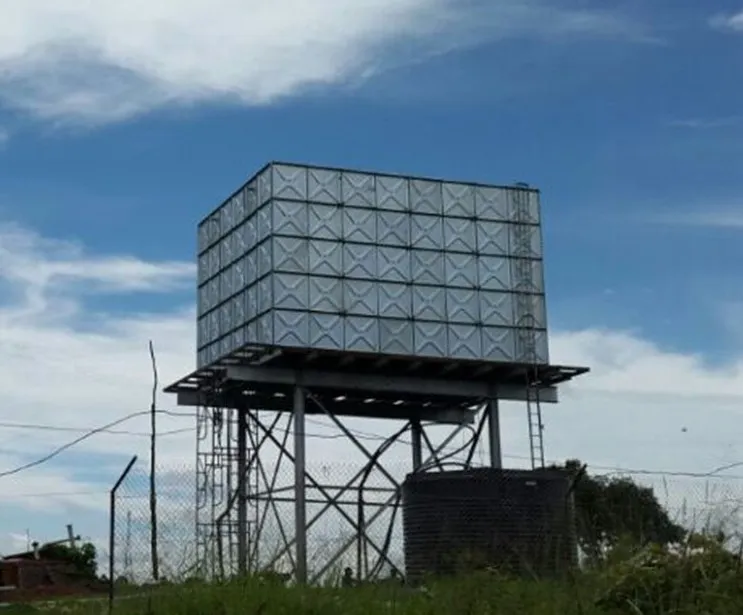loading...
- No. 9, Xingyuan South Street, Dongwaihuan Road, Zaoqiang County, Hengshui, Hebei, China
- admin@zjcomposites.com
- +86 15097380338
- Welcome to visit our website!
Exploring Competitive Pricing Strategies for FRP Channels in Today's Market Environment
Understanding FRP Channel Prices Factors and Market Trends
FRP (Fiberglass Reinforced Plastic) channels have become an essential component in various industries due to their strength, lightweight nature, and resistance to corrosion. As demand for these materials grows, understanding FRP channel prices is critical for manufacturers, contractors, and project planners who are looking to make informed purchasing decisions.
What Affects FRP Channel Prices?
Several factors influence the pricing of FRP channels. The first and foremost is the raw material costs. FRP is composed of fiberglass and resin, and fluctuations in the price of these materials often lead to dramatic changes in the overall cost of the final product. For instance, an increase in the cost of crude oil, which is a primary component in many resins, can raise the prices for FRP products significantly.
In addition to raw materials, the manufacturing process also impacts the cost. Different FRP channels are produced using varied techniques, such as pultrusion or filament winding. Each method comes with distinct advantages, but also different cost structures. Pultruded FRP channels, which are known for their high strength-to-weight ratio, may come at a premium due to the extensive energy and technology involved in their production.
Transport and logistics are additional factors influencing FRP channel pricing. The weight and bulkiness of these channels require careful handling and transport, which can add to the overall expense. Factors such as distance from manufacturing facilities, fuel prices, and shipping availability all play a role in determining the final price tag for consumers.
Market Demand and Trends
frp channel price

The demand for FRP channels is steadily increasing across multiple industries, including construction, automotive, marine, and energy sectors. This growing demand can exert upward pressure on prices. For example, in the construction industry, with a significant tilt toward sustainable materials, the adoption of FRP has surged. Not only do these materials offer durability, but they are also lightweight, which can reduce transportation costs and installation times.
Another emerging trend in the market is the customization of FRP channels. More businesses are recognizing the need for specialized solutions that cater to specific project requirements. Custom molds and designs may incur additional costs but can enhance the overall value of the investment by ensuring optimal performance in specific environments.
Regional Price Variations
Geographical location plays a significant role in FRP channel pricing. In regions with robust manufacturing capabilities, prices might be lower due to proximity to supply chains and reduced shipping costs. Conversely, areas that lack local production may experience higher prices due to import costs and logistical challenges.
Future Outlook
As the construction and manufacturing sectors continue to evolve with a focus on sustainability and efficiency, the demand for FRP materials is expected to sustain momentum. Consequently, pricing trends will likely be influenced by global economic conditions, advancements in production technology, and shifts in supply chain dynamics.
In conclusion, understanding FRP channel prices involves a complex interplay of raw material costs, manufacturing techniques, logistics, and market demand. Buyers should remain attuned to these factors, as they can provide valuable insights into future pricing trends. As industries increasingly turn to environmentally friendly and durable solutions, FRP channels will undoubtedly maintain their position as a vital resource, making ongoing analysis of their pricing essential for anyone involved in sectors reliant on these advanced materials.
-
GRP Structures: The Future of Lightweight, High-Performance EngineeringNewsJun.20,2025
-
FRP Water Tank: High-Performance Storage for Corrosive and Clean Water SystemsNewsJun.20,2025
-
FRP Square Tube: The New Industry Standard for Chemical and Structural ApplicationsNewsJun.20,2025
-
FRP Pultruded Profiles: The Ultimate Choice for Lightweight Structural StrengthNewsJun.20,2025
-
FRP Handrails: The Safer, Smarter, and Stronger Choice for Modern InfrastructureNewsJun.20,2025
-
FRP Grating: The Smart Solution for Durable, Lightweight Industrial FlooringNewsJun.20,2025
-
Why Choose a Galvanized Water Tank for Your Storage NeedsNewsMay.21,2025
